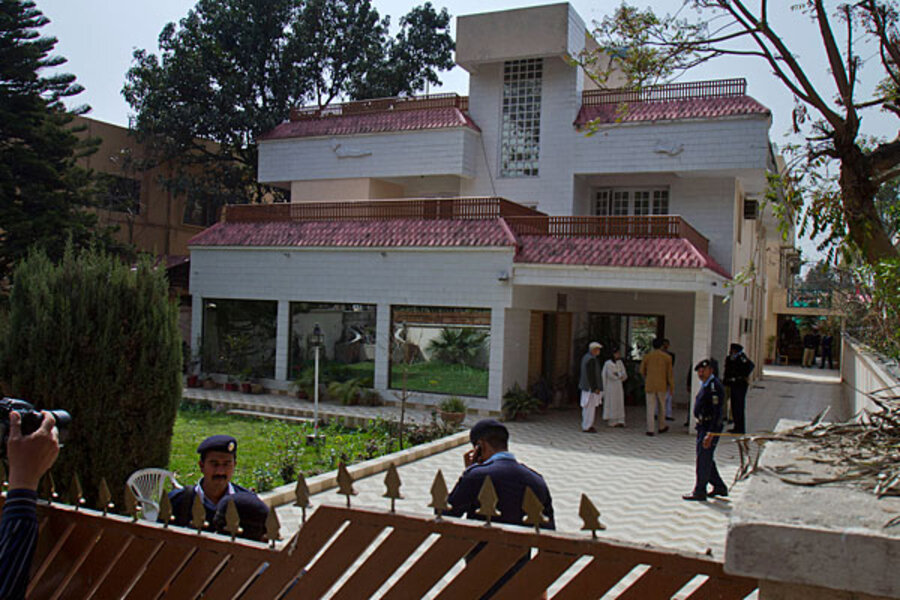Osama bin Laden widow: Two bin Laden children born in Pakistan hospital
| Islamabad
Osama bin Laden lived in five safe houses while on the run in Pakistan and fathered four children — two of them born in government hospitals, his youngest widow has told investigators.
The details of bin Laden's life as a fugitive in Pakistan are contained in the interrogation report of Amal Ahmed Abdel-Fatah al-Sada, bin Laden's 30-year-old Yemeni widow. They appear to raise fresh questions over how bin Laden was able to remain undetected for so long in Pakistan after the Sept. 11, 2001 attacks, despite being the subject of a massive international manhunt.
Details from the report were first published by the Pakistani newspaper Dawn. The Associated Press obtained a copy on Friday.
In PICTURES: Bin Laden's Pakistan compound
Al-Sada is currently in Pakistani custody, along with bin Laden's two other wives and several children. They were arrested after the US raid that killed bin Laden in May in his final hideout in the Pakistani army town of Abbottabad. The U.S. Navy SEALs shot her in the leg during the operation.
Mohammed Amir Khalil, a lawyer for the three widows, said the women would be formally charged for illegally staying in Pakistan on April 2. That charge carries a maximum five-year prison sentence.
Since the raid that killed bin Laden, it has been known that he lived mostly in Pakistan since 2002.
Al-Sada's account says she flew to Pakistan in 2000 and traveled to Afghanistan where she married bin Laden before the Sept. 11 attacks.
After that, the family "scattered" and she traveled to Karachi in Pakistan. She later met up with bin Laden in Peshawar and then moved to the Swat Valley, where they lived in two houses. They moved one more time before settling in Abbottabad in 2005.
According to the report, al-Sada said that two of her children were born in government hospitals, but that she stayed only "two or three hours" in the clinics on both occasions. The charge sheet against the three women says that they gave officials fake identities.
During the manhunt for bin Laden, most US and Pakistani officials said that bin Laden was likely living somewhere along the remote Afghanistan-Pakistan border, possibly in a cave.
The fact he was living in populated parts of Pakistan raised suspicions elements in the Pakistani security forces may have been hiding him. US officials have said they have found no evidence this was the case.





